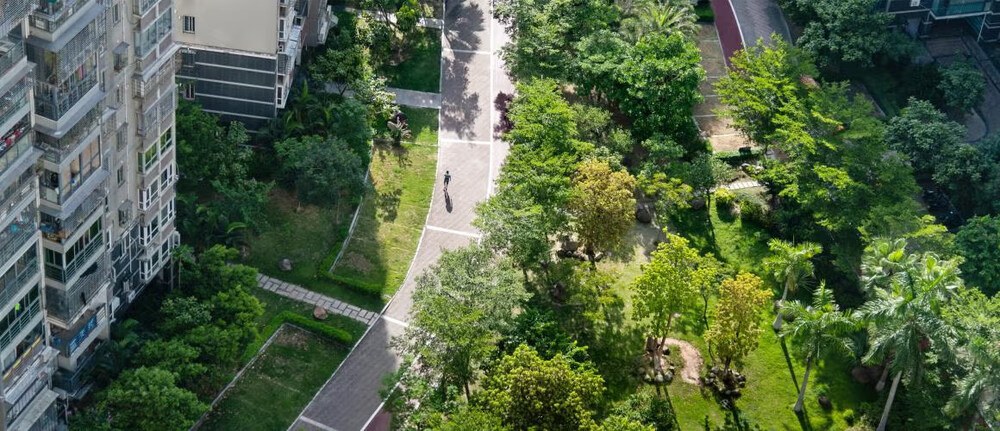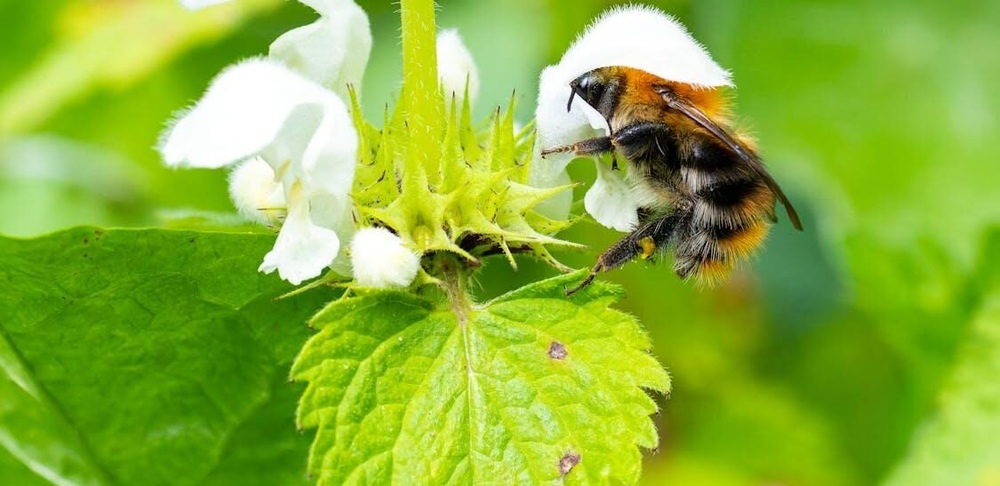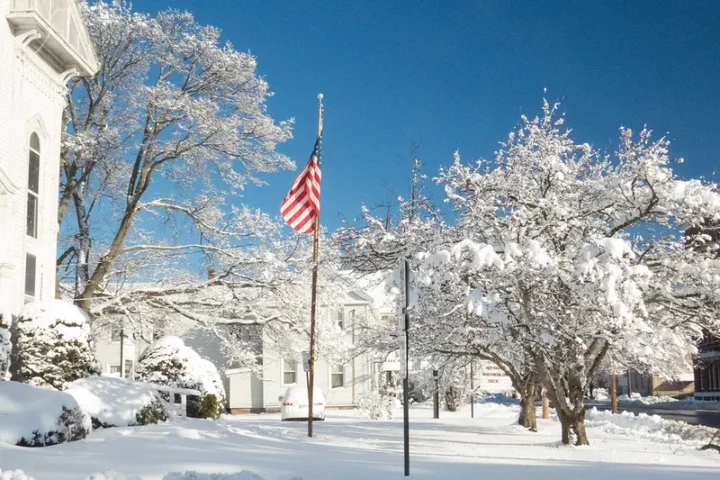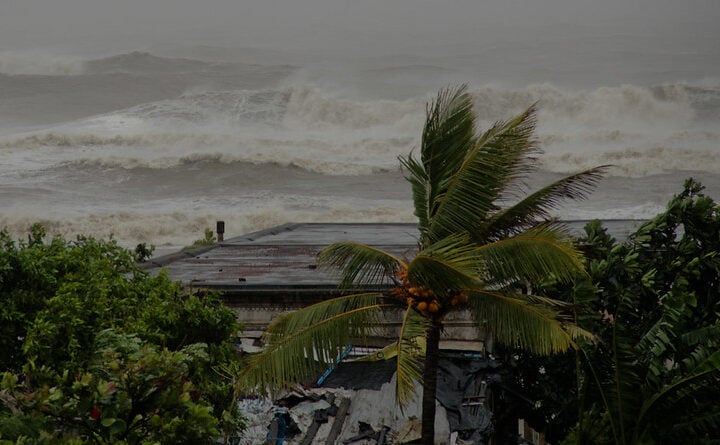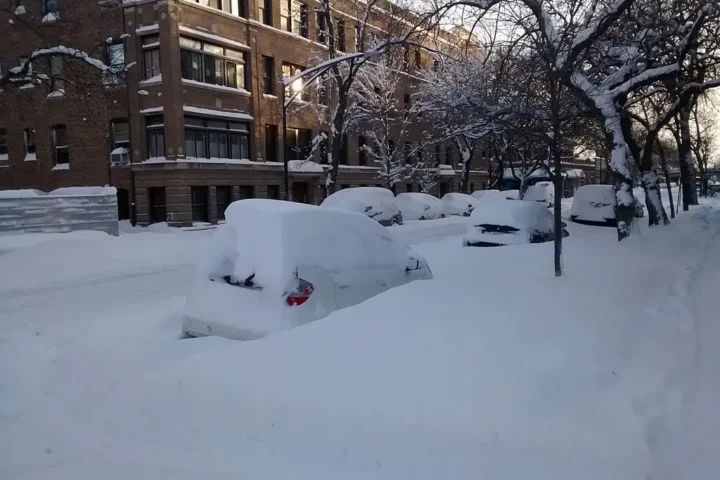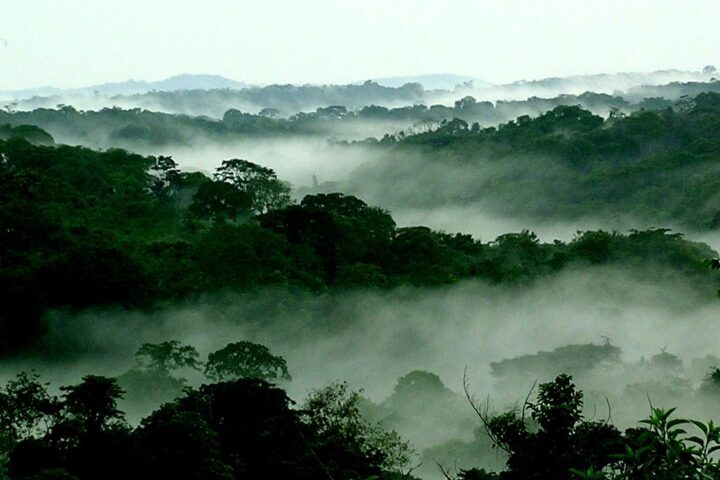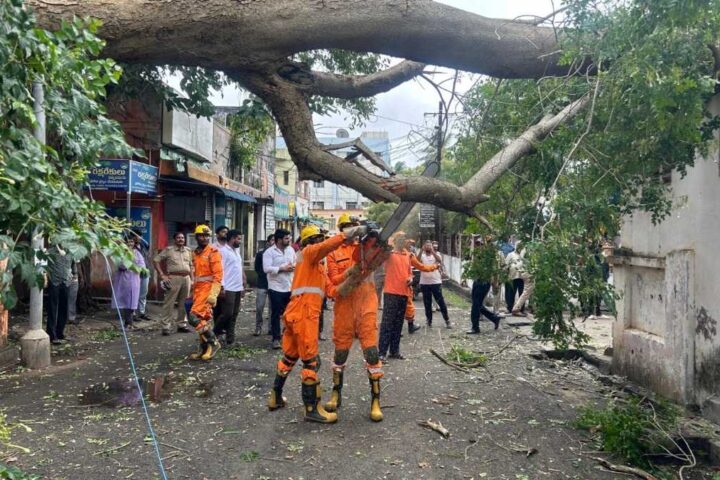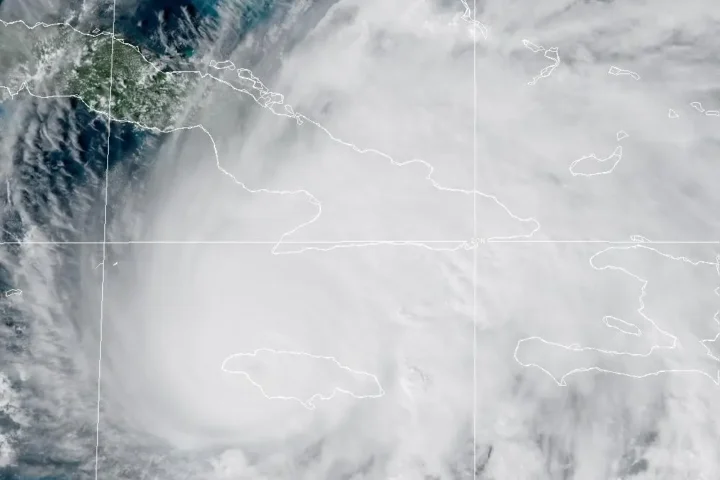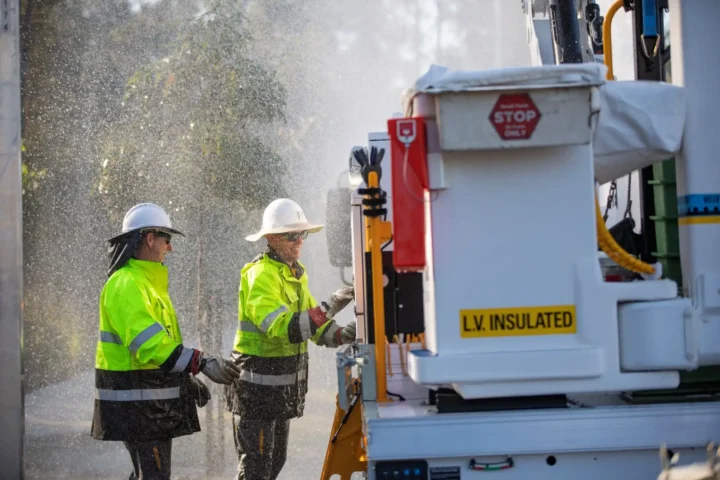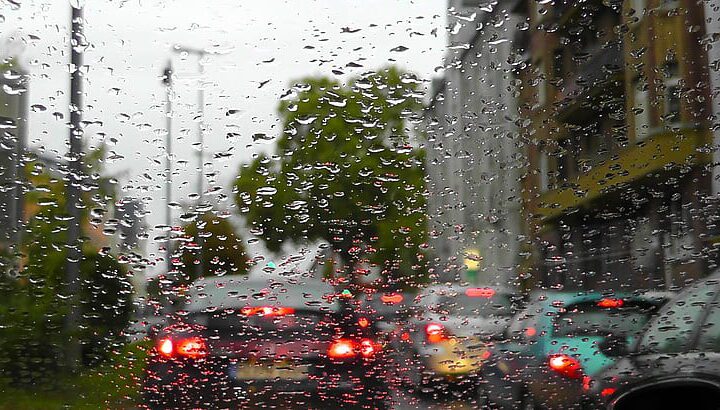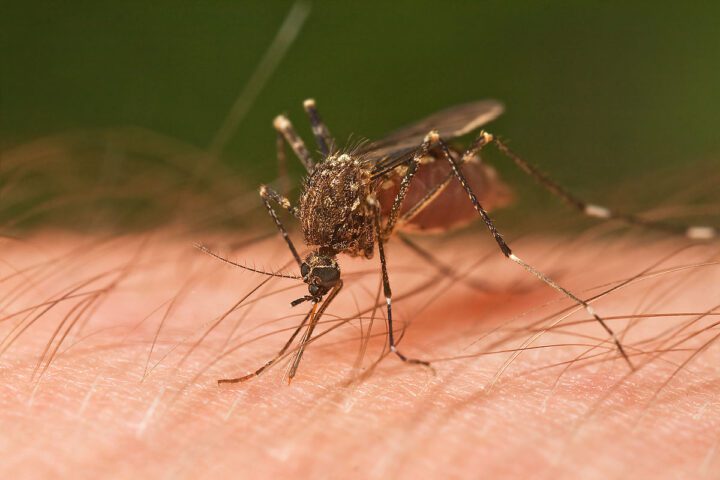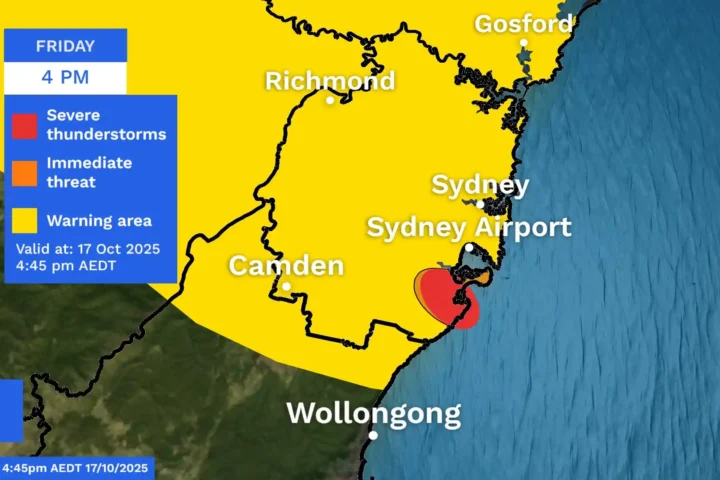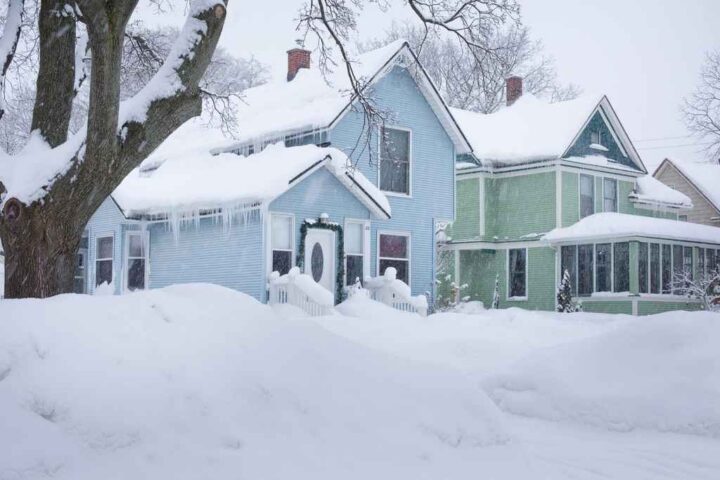Mobile smart sensors mounted on bicycles have revealed precise measurements of temperature-humidity dynamics across 114 urban green spaces in 15 cities worldwide, according to research published in Nature Cities. The Yale School of Environment study, led by doctoral student Yichen Yang and Professor Xuhui Lee, quantified how vegetation affects both temperature and humidity throughout daily cycles.
The sensors recorded that urban green spaces are cooler than surrounding built environments during peak daylight hours through shade and evapotranspiration processes. However, these same biological cooling mechanisms increase local relative humidity through plant transpiration and soil moisture evaporation. The resulting wet-bulb temperature – a combined measure of heat and humidity stress – showed minimal variation between green and built spaces during daylight hours due to this counterbalancing effect.
“When it comes to urban heat resilience, humidity matters as much as temperature or shade provisions,” explains Xuhui Lee, Sara Shallenberger Brown Professor of Climate Science at Yale. The research demonstrates how plant physiological processes directly shape human thermal comfort through fundamental thermodynamic principles.
Nighttime measurements revealed different dynamics. After sunset, green spaces displayed lower temperatures and humidity than surrounding areas. This cooling stems from reduced soil heat storage in vegetated areas compared to concrete and asphalt surfaces. The effect was most pronounced in cities with intermediate and wet climates.
The study utilized smart sensors developed through Leitner Award funding for Uncommon Environmental Collaborations, with field observations supported by the Robert Wood Johnson Foundation. These sensors captured temperature and humidity data across varied urban environments.
These results carry direct public health implications as cities face rising temperatures. When wet-bulb temperatures exceed 35°C, human bodies cannot effectively cool through perspiration, even with perfect conditions for sweat evaporation.
Similar Posts
While trees provide effective temperature reduction, they simultaneously increase humidity due to evaporation. This temperature reduction and humidity increase often offset each other, resulting in minimal change to the wet-bulb temperature, which is a measure of combined heat and humidity stress. Daytime green spaces can feel cooler, but the increased humidity diminishes the perceived relief, the researchers noted.
Urban planners must now consider these complex thermodynamic interactions when designing heat-resilient cities. The Yale team’s measurements prove that effective urban cooling requires understanding both temperature and humidity effects. Ongoing research at Yale and partner institutions continues to examine long-term vegetation adaptation to urban heat stress, focusing on species selection and spatial arrangement to enhance nighttime cooling benefits.
The research team emphasizes that green spaces provide vital ecosystem services beyond temperature regulation. However, their cooling benefits require careful optimization based on local climate conditions. As cities worldwide implement urban greening initiatives, this research provides crucial data for evidence-based design approaches that maximize human thermal comfort.
“Green spaces are beneficial all day. They provide shade provisions in the day and relief of humid heat at night,” Lee said. Urban planners should avoid a one-size-fits-all approach, the authors noted. To optimize green space benefits, city designers might consider integrating other cooling strategies.
Current field studies are expanding this research across additional climate zones while examining how different plant species and soil compositions affect local wet-bulb temperatures. These efforts aim to develop climate-specific guidelines for urban forestry that optimize both daytime and nighttime cooling effects.
